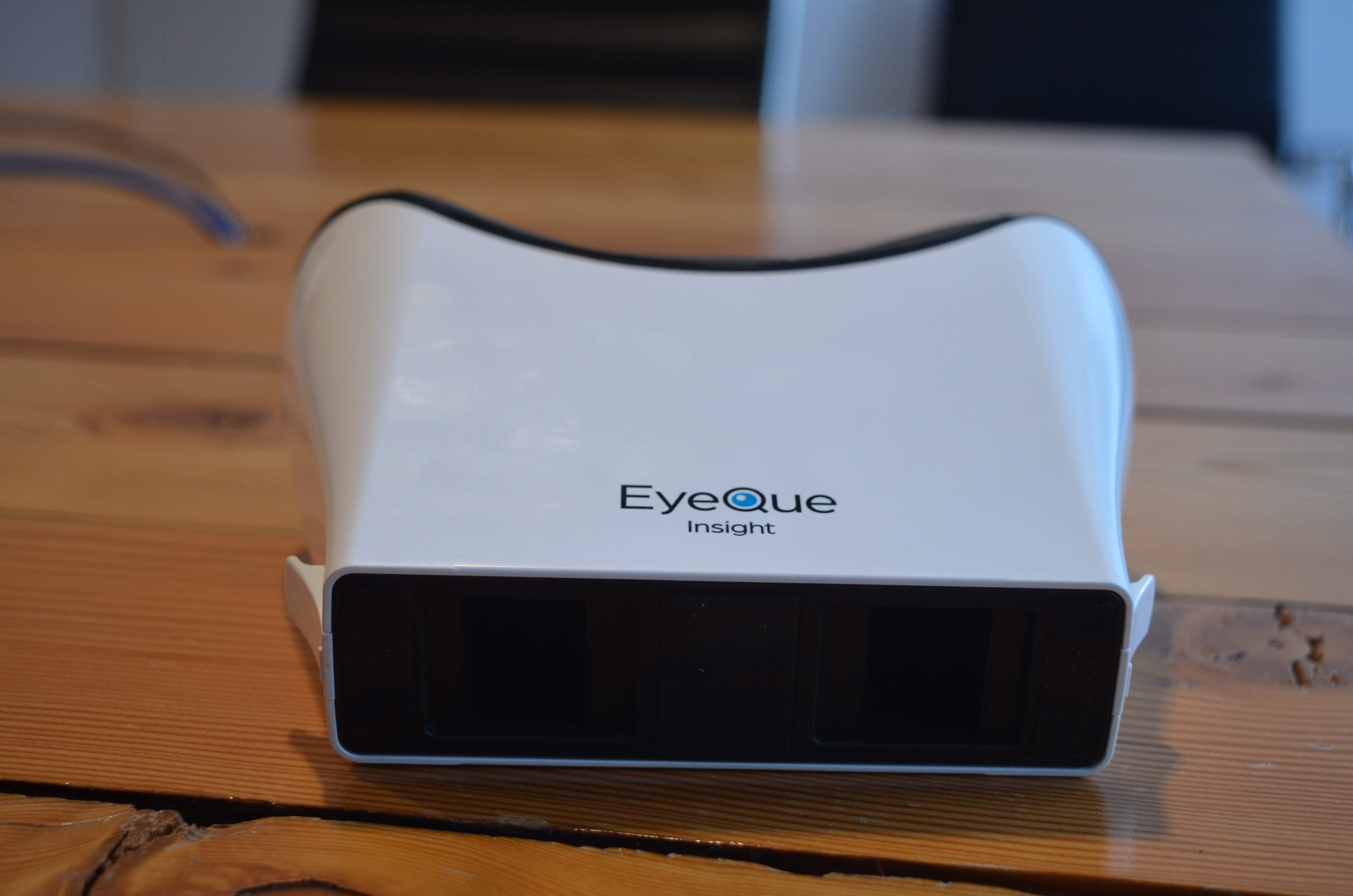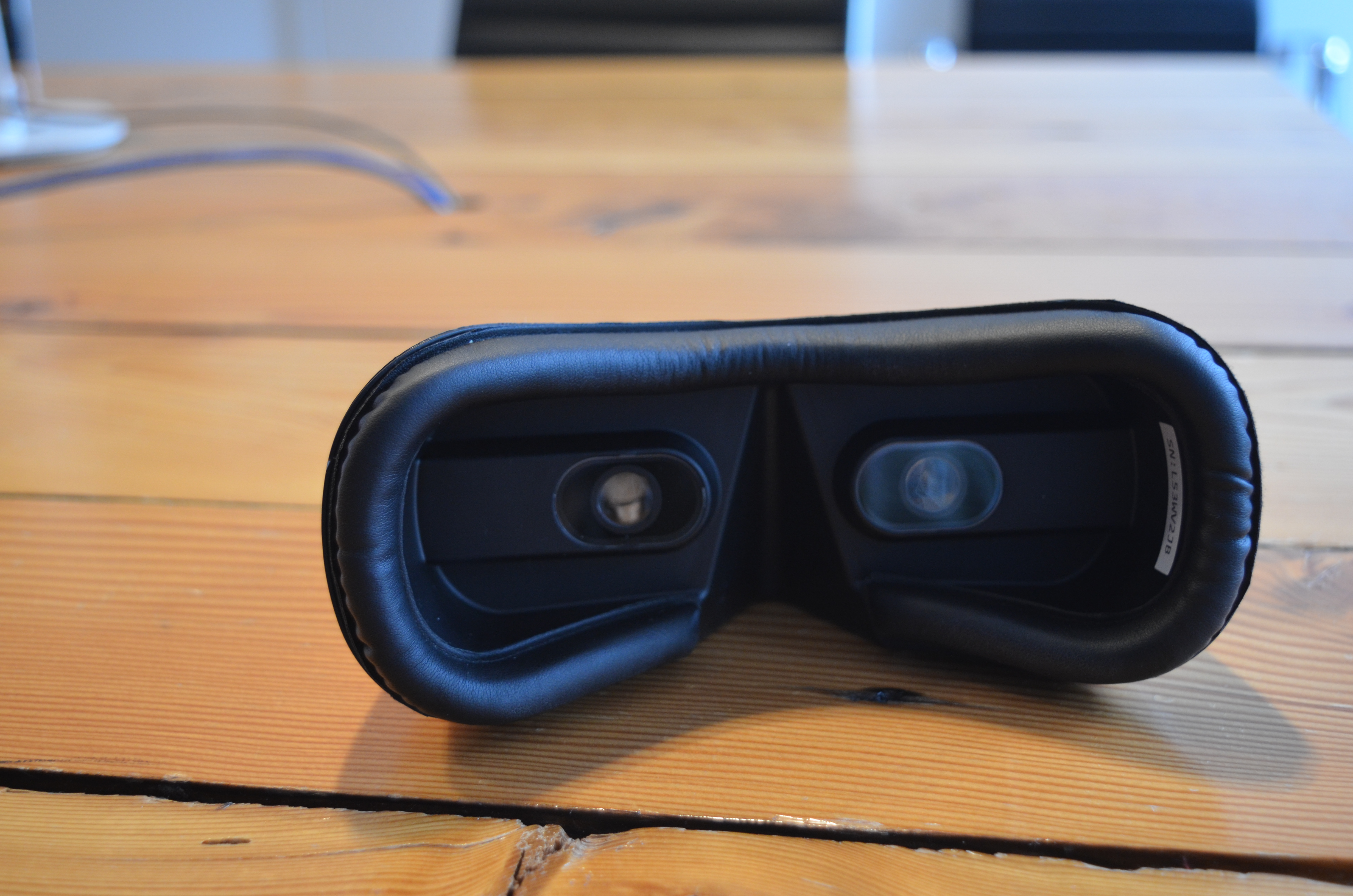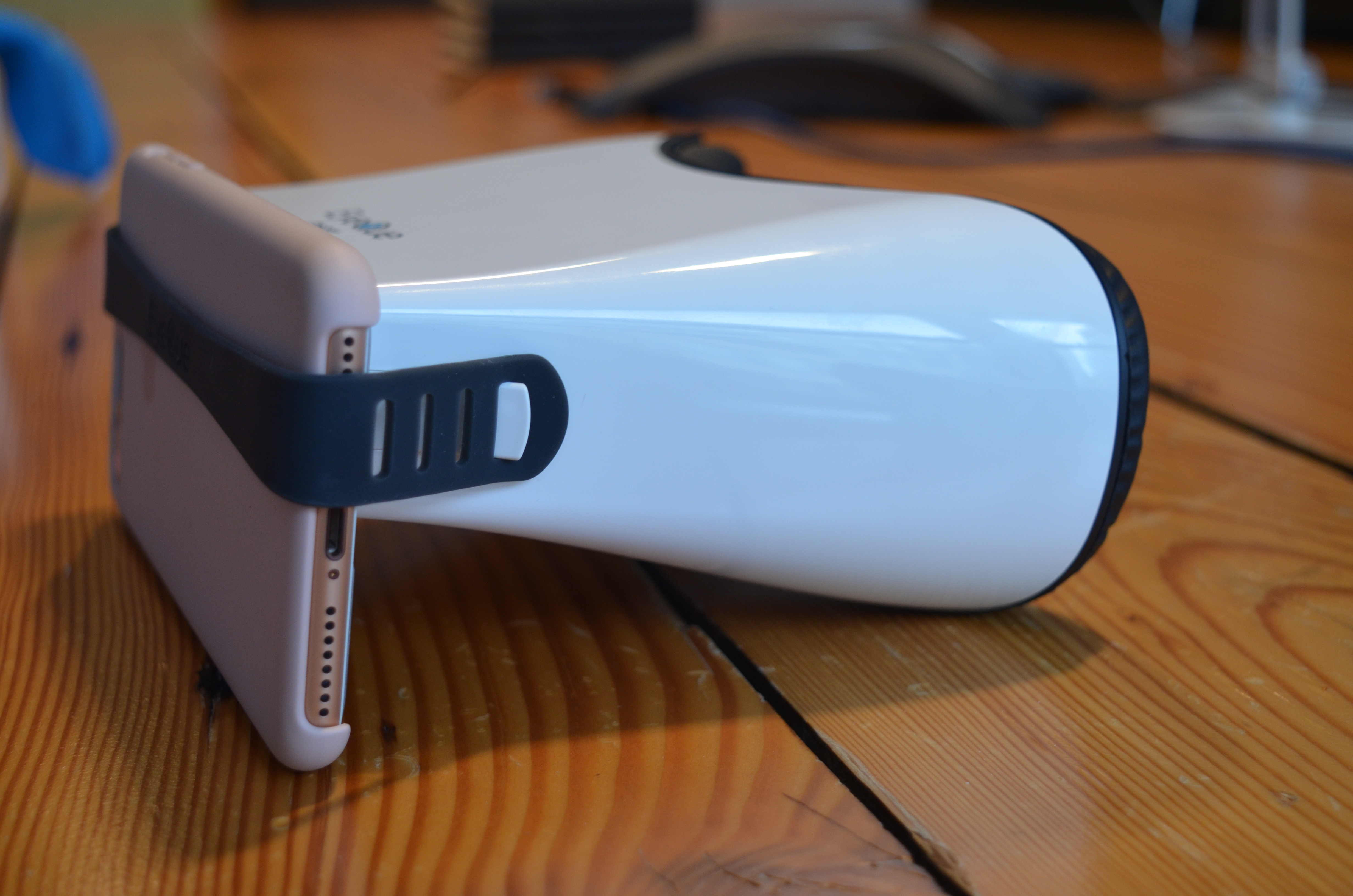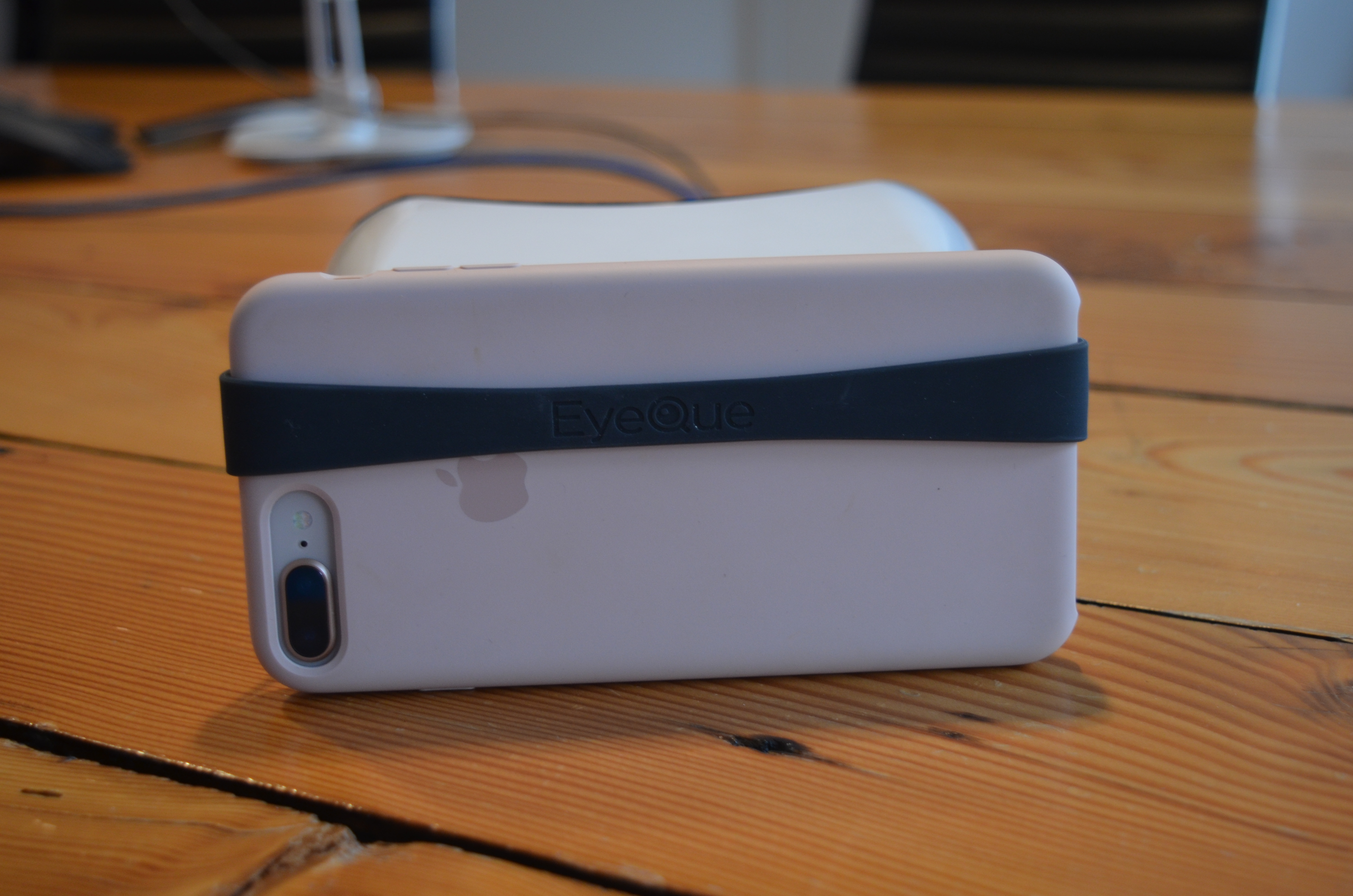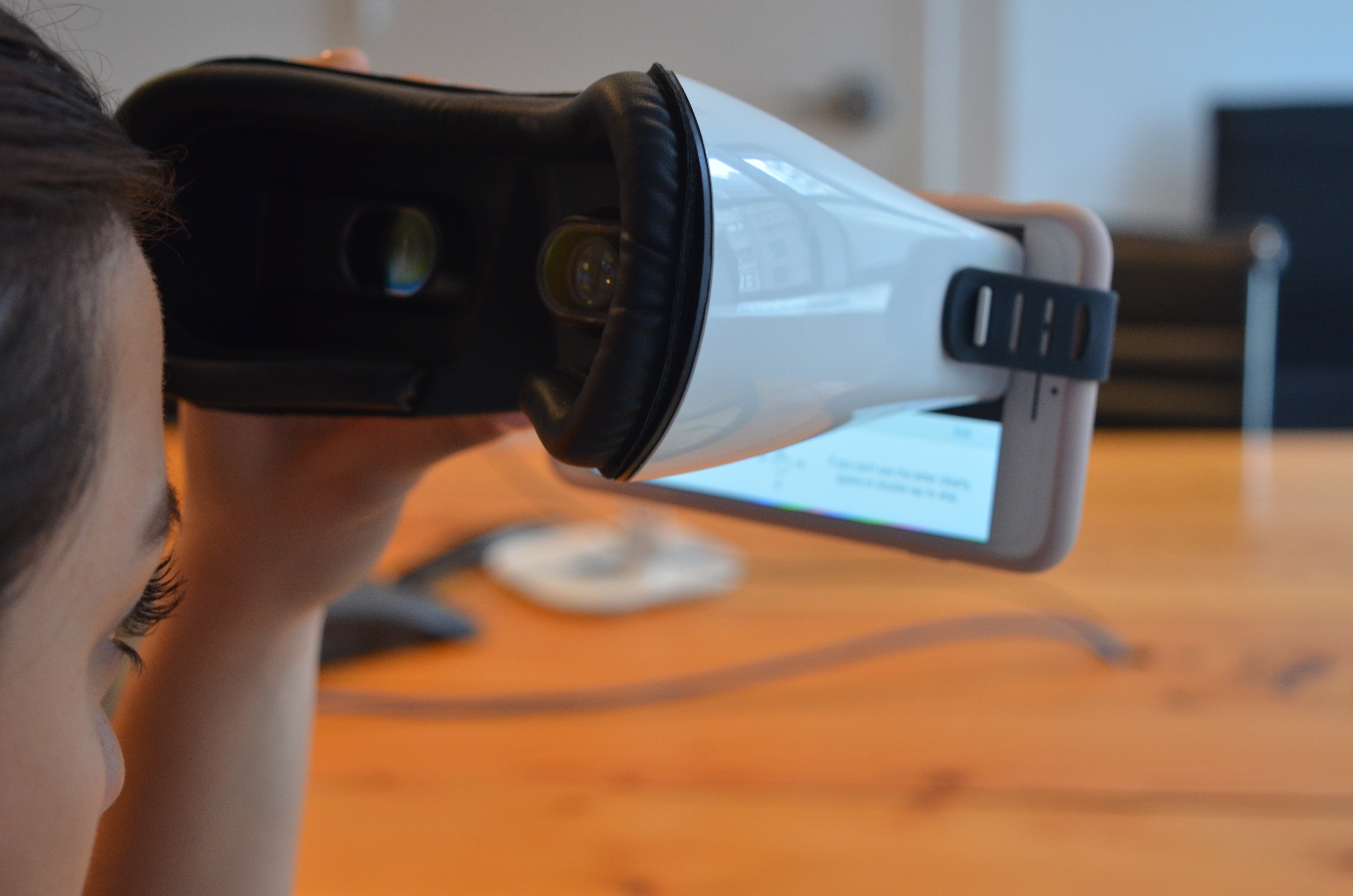Originally starting out as a Kickstarter campaign, the EyeQue Insight visual acuity screener is now available for purchase. With the device, you can test your vision whether you’re at home, in school, or on the go.
In 2016, the company released the EyeQue Personal Vision Tracker, which also allows users to test their eyesight with an app and a tool. Rather than goggles, the Personal Vision Tracker consists of a small microscope that you attach to your smartphone.
Due to the global rise in myopia, the company felt it was important to make a device like the EyeQue Insight available to the public. By having access to it at home, parents are able to check their child’s eyesight on a more frequent basis.
“What’s happening is that people, especially kids, are spending a lot of time with their smartphones and it’s close-up. They’re also indoors, so when you have all those things together it’s actually making people more nearsighted,” EyeQue co-founder and Chief Technical Officer John Serri told Digital Trends.
By consulting with different eye doctors, Serri was motivated to find a convenient way for parents to test the visual acuity of their children. With the EyeQue Insight, parents can potentially detect the onset of Myopia from the comfort of their homes.
The device doesn’t tell you exactly what your prescription is, but gives you an estimate of how clearly you can see at 20 feet. Depending on your results, you can then decide whether or not you need to visit an optometrist for further testing. It’s especially useful for those who wear glasses or contacts and want to see if it’s time to update their lenses.
The 20/20 test only takes about a few minutes and requires little setup. You have to download the myEyeQueVA app — which is available for both iOS and Android — and create an account. You can choose between an adult test or kid’s test, and then specify whether or not you’re taking it while wearing glasses and contacts.
You then have to set your pupil distance measurement on the EyeQue Insight. The app will provide you with a way to accurately measure the distance, which you will then adjust on the dial on the bottom of the device. The last step is to attach your smartphone to the device, which stays on with micro-suction tape built into the base of the device. EyeQue provides an elastic band to securely fasten your phone as well.
Once the test begins, all you have to do is swipe whichever way the “E” is going on the bottom of the app. For example, if it’s facing the correct way, you swipe to the right and if it’s facing upside down, then you swipe down. It tests the right eye first, then the left, and both your eyes last — you can then save or discard the results. Your results are saved under your account in order to keep track over time or to share with a doctor.
For children, the test is a bit more fun and interactive. As they swipe through the letters, they see an animated character pop up to coach them through and keep them motivated. Once it’s complete, they also receive a sticker they can add to their collection within the app. To be honest, we thought it was even more fun than the adult version.
We tested out the device while wearing glasses and found we were seeing 20/20, which made sense since we had no trouble with them otherwise. We also felt the entire process was extremely easy and painless, requiring barely any time. While it’s important to go to the eye doctor once a year, we sometimes have trouble finding the time — a device like the EyeQue Insight can help us decide whether or not our lenses are extremely off.
But the device is extremely useful for adults who undergo Lasik eye surgery as well. While they have 20/20 vision after the surgery, some people can experience degradation if it doesn’t heal properly.
“If you can have the patient at home, working with the doctor and seeing if their vision is changing, it’s very effective and will save them from having to go to the eye doctor every week … this could eliminate the burden of having to schedule and taking exams,” Serri said.
The EyeQue will cost you $130 and can be purchased through the company’s website along with Amazon or Indiegogo. It comes with a one-year subscription to the myEyeQueVA app and any additional user is $5 annually.
Editors' Recommendations
- Worried about the TikTok ban? Here are 5 TikTok alternatives you should use
- Your iPhone just got a new iOS update, and you should download it right now
- No, the Journal app on your iPhone isn’t spying on you
- Apple is updating one of the oldest apps on your iPhone
- Look who just replaced Samsung as king of the global smartphone market
